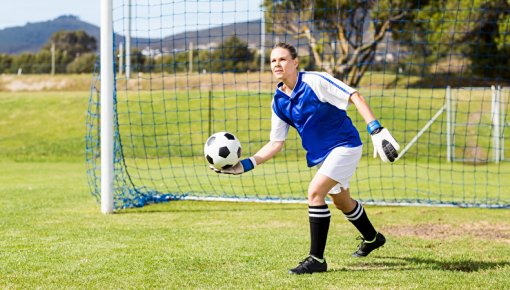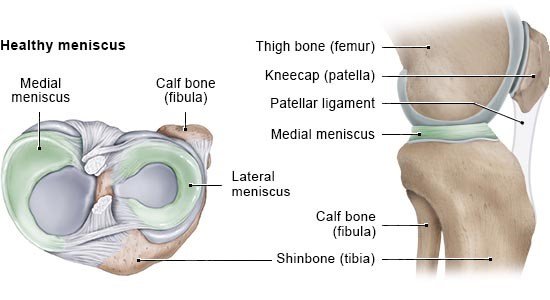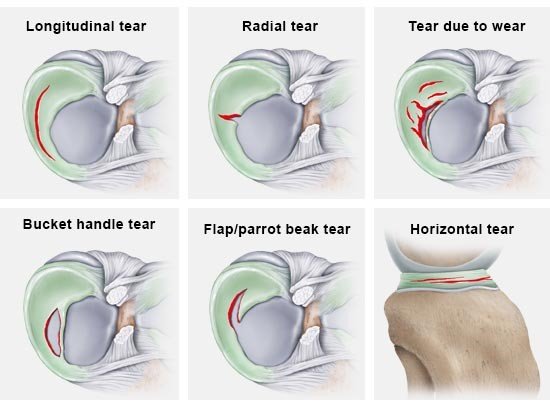Brignardello-Petersen R, Guyatt GH, Buchbinder R et al. Knee arthroscopy versus conservative management in patients with degenerative knee disease: a systematic review. BMJ Open 2017; 7(5): e016114.
Culvenor AG, Øiestad BE, Hart HF et al. Prevalence of knee osteoarthritis features on magnetic resonance imaging in asymptomatic uninjured adults: a systematic review and meta-analysis. Br J Sports Med 2019; 53(20): 1268-1278.
Englund M, Guermazi A, Gale D et al. Incidental meniscal findings on knee MRI in middle-aged and elderly persons. N Engl J Med 2008; 359(11): 1108-1115.
Logerstedt DS, Scalzitti DA, Bennell KL et al. Knee Pain and Mobility Impairments: Meniscal and Articular Cartilage Lesions Revision 2018. J Orthop Sports Phys Ther 2018; 48(2): A1-A50.
O'Connor D, Johnston RV, Brignardello-Petersen R et al. Arthroscopic surgery for degenerative knee disease (osteoarthritis including degenerative meniscal tears). Cochrane Database Syst Rev 2022; (3): CD014328.
Paxton ES, Stock MV, Brophy RH. Meniscal repair versus partial meniscectomy: a systematic review comparing reoperation rates and clinical outcomes. Arthroscopy 2011; 27(9): 1275-1288.
Persson F, Turkiewicz A, Bergkvist D et al. The risk of symptomatic knee osteoarthritis after arthroscopic meniscus repair vs partial meniscectomy vs the general population. Osteoarthritis Cartilage 2018; 26(2): 195-201.
Pihl K, Roos EM, Nissen N et al. Over-optimistic patient expectations of recovery and leisure activities after arthroscopic meniscus surgery. Acta Orthop 2016; 87(6): 615-621.
Skou ST, Pihl K, Nissen N et al. Patient-reported symptoms and changes up to 1 year after meniscal surgery. Acta Orthop 2018; 89(3): 336-344.
Thorlund JB, Juhl CB, Ingelsrud LH et al. Risk factors, diagnosis and non-surgical treatment for meniscal tears: evidence and recommendations: a statement paper commissioned by the Danish Society of Sports Physical Therapy (DSSF). Br J Sports Med 2018; 52(9): 557-565.
Van de Graaf VA, Wolterbeek N, Mutsaerts EL et al. Arthroscopic Partial Meniscectomy or Conservative Treatment for Nonobstructive Meniscal Tears: A Systematic Review and Meta-analysis of Randomized Controlled Trials. Arthroscopy 2016; 32(9): 1855-1865.
IQWiG health information is written with the aim of helping people understand the advantages and disadvantages of the main treatment options and health care services.
Because IQWiG is a German institute, some of the information provided here is specific to the German health care system. The suitability of any of the described options in an individual case can be determined by talking to a doctor. informedhealth.org can provide support for talks with doctors and other medical professionals, but cannot replace them. We do not offer individual consultations.
Our information is based on the results of good-quality studies. It is written by a team of health care professionals, scientists and editors, and reviewed by external experts. You can find a detailed description of how our health information is produced and updated in our methods.



